N,N-Diethyl-1,4-phenylenediamine
Synonym(s):4-Amino-N,N-diethylaniline;DHP;DHPDHASE;DPD;DPYD
- CAS NO.:93-05-0
- Empirical Formula: C10H16N2
- Molecular Weight: 164.25
- MDL number: MFCD00007861
- EINECS: 202-214-1
- SAFETY DATA SHEET (SDS)
- Update Date: 2025-09-25 17:15:13

What is N,N-Diethyl-1,4-phenylenediamine?
Description
DPD is a clear liquid. Molecularweight=164-28; Boiling point=260-262℃; Flash point$110℃.
Chemical properties
dark brown to black solid or liquid, depending upon room temperature
The Uses of N,N-Diethyl-1,4-phenylenediamine
Dye intermediate, source of diazonium compounds in diazo copying process.
The Uses of N,N-Diethyl-1,4-phenylenediamine
N,N-Diethyl-p-phenylenediamine has been employed as a reference probe to investigate rapid chlorination rate constants by a stopped-flow spectrophotometric competition kinetics method.
General Description
Reddish brown or black liquid.
Air & Water Reactions
Insoluble in water.
Reactivity Profile
N,N-Diethyl-1,4-phenylenediamine neutralizes acids in exothermic reactions to form salts plus water. May be incompatible with isocyanates, halogenated organics, peroxides, phenols (acidic), epoxides, anhydrides, and acid halides. Flammable gaseous hydrogen may be generated in combination with strong reducing agents, such as hydrides.
Fire Hazard
N,N-Diethyl-1,4-phenylenediamine is probably combustible.
Safety Profile
Poison by ingestion, skin contact, subcutaneous, and intravenous routes. Human systemic skin effects by skin contact: hemorrhage, allergic dermatitis, and primary irritation. Mutation data reported. When heated to decomposition it emits toxic fumes of NOx. See also AMINES.
Potential Exposure
Used as a dye intermediate and incolor photography. Some p-phenylenediamine compoundshave been used as rubber components, and DFG warns ofdanger of skin sensitization.
First aid
If this chemical gets into the eyes, remove anycontact lenses at once and irrigate immediately for at least15 min, occasionally lifting upper and lower lids. Seek medical attention immediately. If this chemical contacts theskin, remove contaminated clothing and wash immediatelywith soap and water. Seek medical attention immediately. Ifthis chemical has been inhaled, remove from exposure,begin rescue breathing (using universal precautions, including resuscitation mask) if breathing has stopped and CPR ifheart action has stopped. Transfer promptly to a medicalfacility. When this chemical has been swallowed, get medical attention. Give large quantities of water and inducevomiting. Do not make an unconscious person vomit.
Storage
Color Code—Blue: Health Hazard/Poison: Store ina secure poison location. Prior to working with DPD youshould be trained on its proper handling and storage. Store in tightly closed containers in a cool, well-ventilated area.Metal containers involving the transfer of this chemicalshould be grounded and bonded. Where possible, automatically pump liquid from drums or other storage containers toprocess containers. Drums must be equipped with self-closingvalves, pressure vacuum bungs, and flame arresters. Use onlynonsparking tools and equipment, especially when openingand closing containers of this chemical. Sources of ignition,such as smoking and open flames, are prohibited where thischemical is used, handled, or stored in a manner that couldcreate a potential fire or explosion hazard. Wherever thischemical is used, handled, manufactured, or stored, useexplosion-proof electrical equipment and fittings.
Shipping
Phenylenediamines require a shipping label of“POISONOUS/TOXIC MATERIALS.” They fall in DOTHazard Class 6.1 and Packing Group III.
Incompatibilities
Contact with strong oxidizers may causefire and explosion hazard.
Properties of N,N-Diethyl-1,4-phenylenediamine
| Melting point: | 19-21 °C(lit.) |
| Boiling point: | 115-116 °C5 mm Hg(lit.) |
| Density | 0.988 g/mL at 25 °C(lit.) |
| refractive index | n |
| Flash point: | >230 °F |
| storage temp. | Keep in dark place,Sealed in dry,2-8°C |
| solubility | water: insoluble |
| form | Liquid or Low Melting Solid |
| pka | 8.21±0.32(Predicted) |
| color | Clear yellow-brown to dark brown |
| Water Solubility | <0.1 g/100 mL at 19 ºC |
| BRN | 879361 |
| Stability: | Stability Air and light sensitive. Incompatible with strong oxidizing agents, strong acids. |
| CAS DataBase Reference | 93-05-0(CAS DataBase Reference) |
| NIST Chemistry Reference | 1,4-Benzenediamine, N,N-diethyl-(93-05-0) |
| EPA Substance Registry System | N,N-Diethyl-p-phenylenediamine (93-05-0) |
Safety information for N,N-Diethyl-1,4-phenylenediamine
| Signal word | Danger |
| Pictogram(s) |
 Corrosion Corrosives GHS05  Skull and Crossbones Acute Toxicity GHS06 |
| GHS Hazard Statements |
H301:Acute toxicity,oral H314:Skin corrosion/irritation |
| Precautionary Statement Codes |
P270:Do not eat, drink or smoke when using this product. P280:Wear protective gloves/protective clothing/eye protection/face protection. P363:Wash contaminated clothing before reuse. P303+P361+P353:IF ON SKIN (or hair): Remove/Take off Immediately all contaminated clothing. Rinse SKIN with water/shower. P305+P351+P338:IF IN EYES: Rinse cautiously with water for several minutes. Remove contact lenses, if present and easy to do. Continuerinsing. |
Computed Descriptors for N,N-Diethyl-1,4-phenylenediamine
N,N-Diethyl-1,4-phenylenediamine manufacturer
New Products
4,4-Difluoropiperidine hydrochloride tert-butyl 9-methoxy-3-azaspiro[5.5]undecane-3-carboxylate Indole Methyl Resin N-Isopropylurea N,N-Dicyclohexylcarbodiimide(DCC) MELDRUMS ACID 5-METHYLISOXAZOLE-4-CARBOXYLIC ACID Magnessium Bis glycinate Zinc ascorbate 1-bromo-2-butyne 2-acetamidophenol 9(10H)-anthracenone Erythrosin B, 4-Piperidinopiperidine 2-((4-morpholinophenylamino) (methylthio) methylene) malononitrile 2,4-dihydroxybenzaldehyde 3-(4-morpholinophenylamino)-5-amino-1H-pyrazole-4-carbonitrile Methyl 2-methylquinoline-6-carboxylate 2,6-dichloro-4-nitropyridine 4-Bromo-2-chlorobenzonitrile 2-(benzylamino)acetic acid hydrochloride 4-(tert-Butoxycarbonylamino)but- 2-ynoic acid 3,4-dihydro-2H-benzo[b][1,4]dioxepine 1-Phenyl-1-cycloprppanecarboxylicacidRelated products of tetrahydrofuran
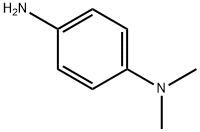


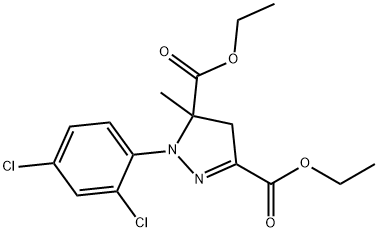

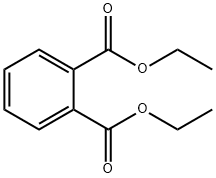


You may like
-
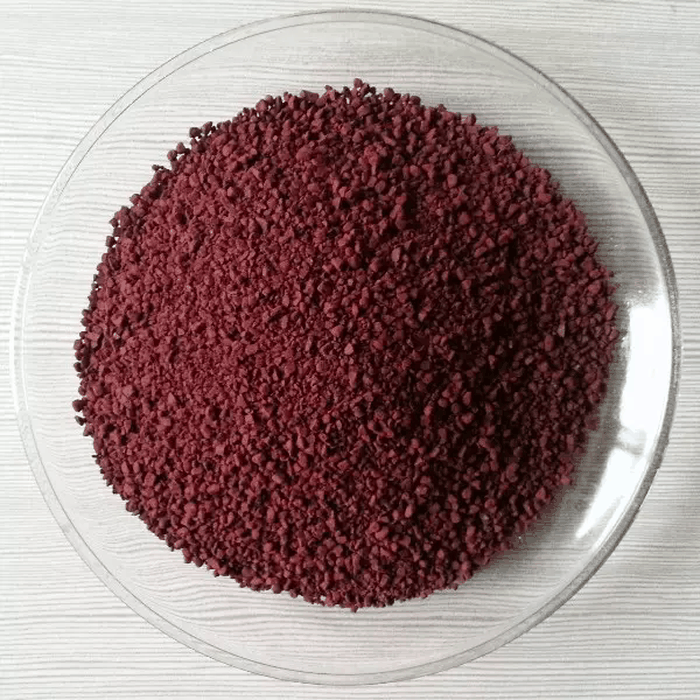 93-05-0 N,N-Diethyl-1,4- phenylenediamine 98%View Details
93-05-0 N,N-Diethyl-1,4- phenylenediamine 98%View Details
93-05-0 -
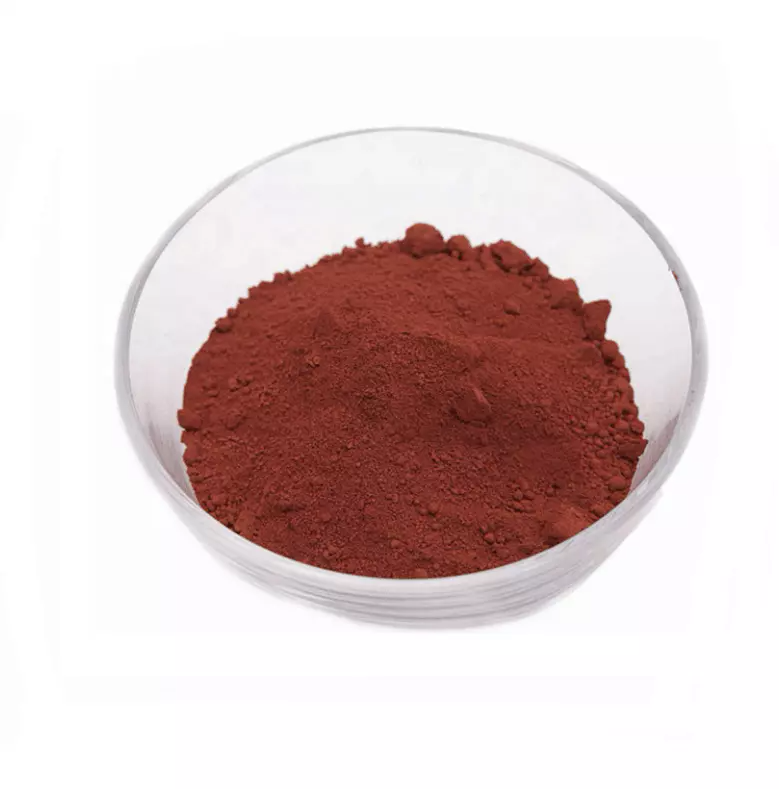 N,N-Diethyl-p-phenylenediamine 99%View Details
N,N-Diethyl-p-phenylenediamine 99%View Details -
 N,N-Diethyl-p-phenylenediamine 97% (GC) CAS 93-05-0View Details
N,N-Diethyl-p-phenylenediamine 97% (GC) CAS 93-05-0View Details
93-05-0 -
 4-Amino-N-N,diethyl aniline CAS 93-05-0View Details
4-Amino-N-N,diethyl aniline CAS 93-05-0View Details
93-05-0 -
 N,N-Diethyl-1,4-phenylenediamine CAS 93-05-0View Details
N,N-Diethyl-1,4-phenylenediamine CAS 93-05-0View Details
93-05-0 -
 N,N-Diethyl-p-phenylenediamine CAS 93-05-0View Details
N,N-Diethyl-p-phenylenediamine CAS 93-05-0View Details
93-05-0 -
 N,N-Diethyl-p-phenylenediamine CAS 93-05-0View Details
N,N-Diethyl-p-phenylenediamine CAS 93-05-0View Details
93-05-0 -
 93-05-0 98%View Details
93-05-0 98%View Details
93-05-0
